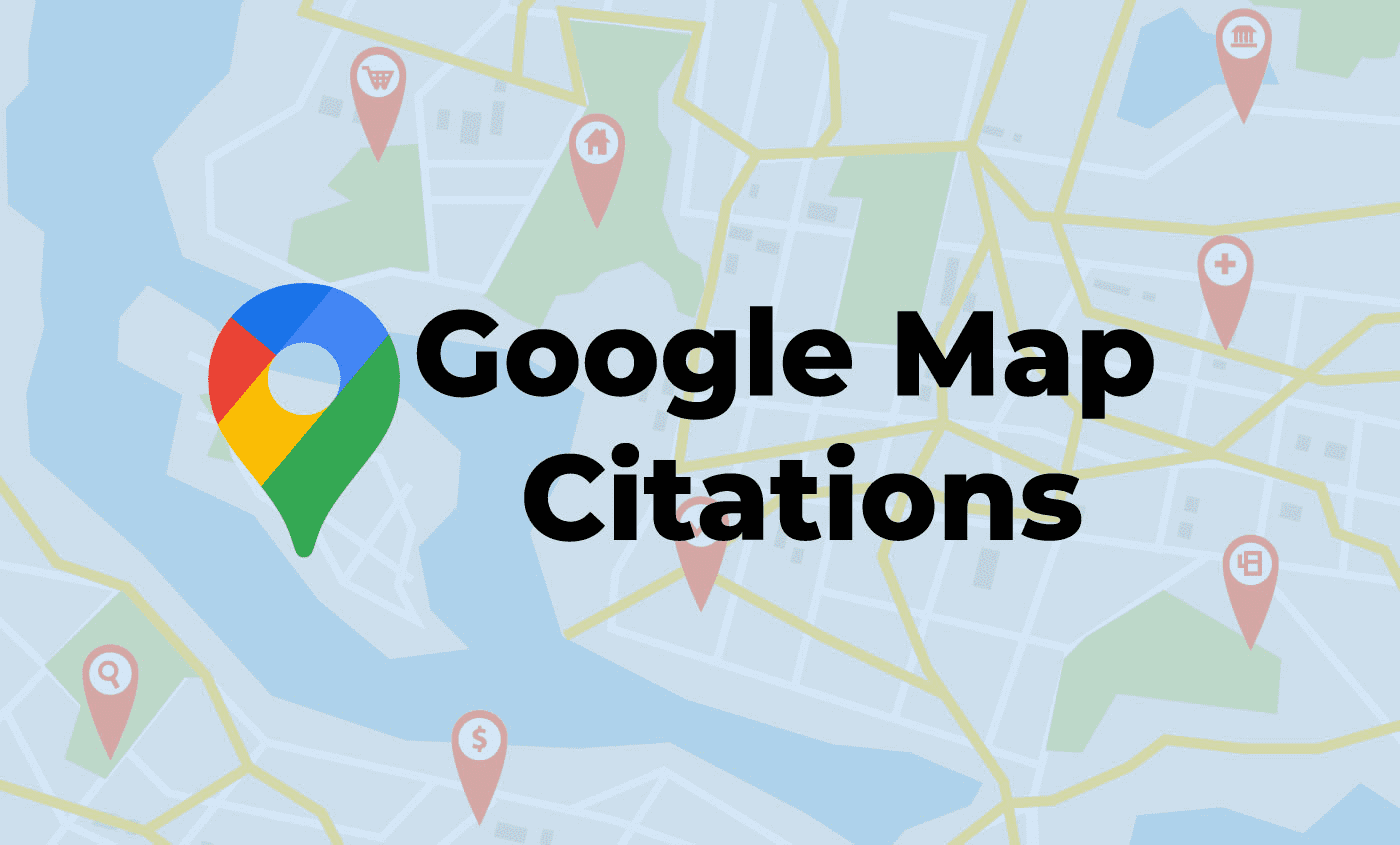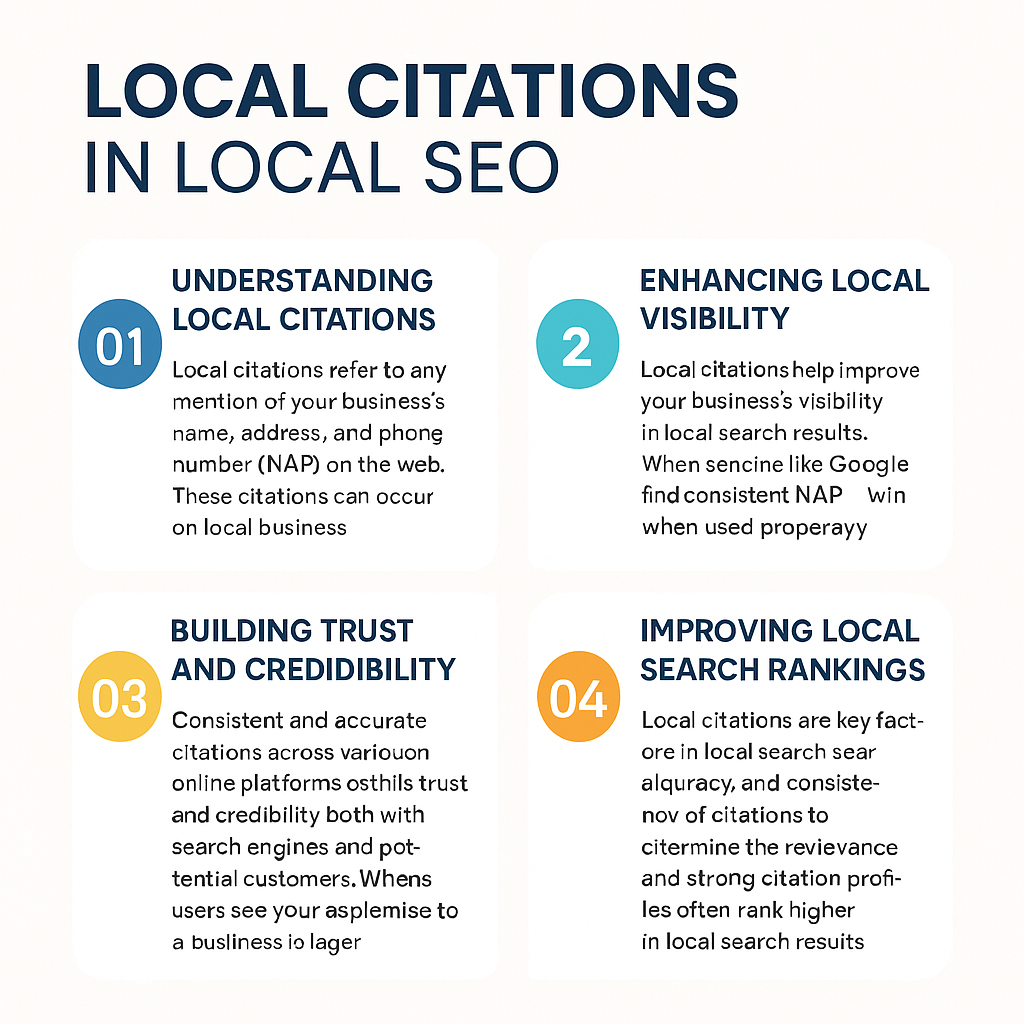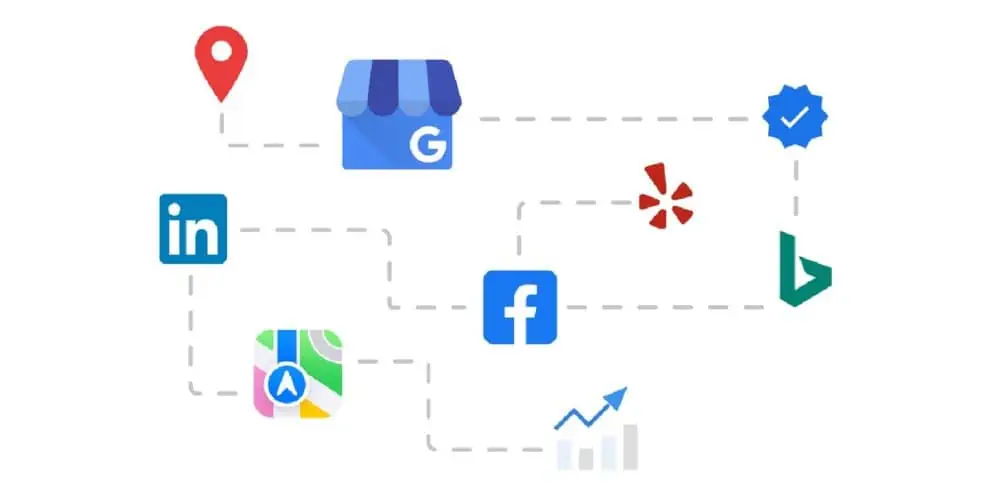
How to Create Google Map Citations: The Ultimate Guide
How to Create Google Map Citations: The Ultimate Guide
Quick Links
- What Are Google Map Citations?
- Why Citations Matter for Local SEO
- Identifying Key Citations for Your Business
- How to Build Google Map Citations from Scratch
- Common Pitfalls When Creating Citations
- Automating and Outsourcing: When Does It Make Sense?
- How Long Does It Take for Citations to Have an Impact?
- A Quick Checklist for Better Citations
- Directories Worth Considering
- Conclusion Avoidance
- FAQ
When people search for local services or businesses online, there’s a good chance they use Google Maps or see map listings in their search results. Having your business details appear exactly and consistently across platforms can give your visibility a real boost. This isn’t just about showing up in the map pack; it can also improve your position in local search rankings through effective local SEO strategies. One proven strategy to support this is building “Google Map citations.” Learning how to create and manage these citations can prove invaluable for businesses wanting to stand out.
Before jumping into the practicalities, let’s clarify what we mean by Google Map citations and why they’re valuable.
What Are Google Map Citations?
A Google Map citation is essentially a mention of your business’s name, address, and phone number (often referred to as NAP) on a third-party website. Think of platforms like business directories, industry-specific portals, review sites, and even some social networks. These listings help signal to Google that your business is both legitimate and relevant to the local area you serve.
Search engines look for consistency in NAP details across the web. When discrepancies occur, trust can erode, and your chances of being featured in the local pack drop. Accurate, widely-distributed citations can help ensure your business is taken seriously, online and offline.

Why Citations Matter for Local SEO
Local businesses are always vying for visibility on Google Maps. Studies show that citation-related signals contribute to about 13% of what affects local pack rankings. Having up-to-date and accurate citations isn’t optional if you want your business to appear on the coveted first page.
Some concrete benefits include:
- Improved trustworthiness and legitimacy in Google’s eyes.
- Increased likelihood of appearing in the “3-pack” map carousel in search results.
- Referral traffic from directory listings back to your website.
- A steady stream of new leads from consumers who discover your business in directories.
Let’s compare the difference between a business with accurate, widespread citations versus one with errors or limited listings:
| Citation Health | Search Ranking | Customer Trust | Referral Traffic |
|---|---|---|---|
| Consistent, Accurate | High | Strong | Steady |
| Inconsistent, Sparse | Low | Weaker | Low/None |
Keeping these facts in mind, building citations isn’t just a box-ticking exercise: it can drive measurable business growth.

Identifying Key Citations for Your Business
You don’t need your details on every directory imaginable. In fact, spamming your NAP across low-quality or irrelevant sites may do more harm than good.
It pays to focus on:
- Leading global platforms (e.g., Google Business Profile, Bing Places, Yelp)
- Reputable local and industry-specific directories
- High-authority, trustworthy sites
To figure out which directories are most valuable, try searching for your main business keywords along with terms like “directory” or “listings.” Spot which platforms rank highly and appear frequently across competitors’ citations.

How to Build Google Map Citations from Scratch
Let’s drill down to the practical steps involved in creating robust Google Map citations.
1. Audit Your Existing NAP Information
Start by creating a spreadsheet of every place your business details appear online. List key fields:
- Business Name
- Address
- Phone Number
- Website URL
- Business Description
Check your Google Business Profile first, as this acts as the “gold standard” for all other citations. Any inconsistencies here can spread across other sites.
2. Standardise Your Company Details
Decide on the exact format you’ll use for each part of your NAP. Even small differences (like “Rd” vs. “Road”) can confuse search engines.
Common tips:
- Use your legal business name, with correct punctuation and casing.
- Always use the same phone number format.
- Match the address exactly, line for line.
3. Choose the Right Directories
Focus on a mix of:
- Major directories: Google Business Profile, Bing Places, Facebook, Apple Maps, Yelp
- Local directories: Often city- or region-focused
- Niche directories: Those relevant to lawyers, plumbers, restaurants, or other industries
You can find these using Google searches, competitor research, or by reviewing “Best Local Business Directories” lists.
Consider avoiding “free-for-all” directories that lack moderation. Quality counts far more than quantity.
4. Manually Create Your Listings
Most citations must be added by hand. When creating a new directory listing:
- Double check NAP accuracy before submitting
- Include a short, compelling description of your business where appropriate
- Add your business website link (ideally using https://)
- Upload your logo and other photos if the site supports it
- Select the most relevant business categories
If a platform allows user reviews, claim your profile to ensure you can respond to feedback.
5. Verify and Update Listings
Some platforms require you to verify ownership by phone, SMS, or email. Always comply with these steps so that your listing goes live and is locked to prevent edits by third parties.
Periodically return to each directory (perhaps every 6-12 months) and check that your information remains accurate, especially if your business moves or updates its contact details.
6. Track and Monitor Citations
It’s easy to lose track of where you’ve built citations. Use a spreadsheet or a simple CRM tool to document URLs, login details, submission dates and status (live, pending, needs updating).
Third-party tools like BrightLocal, Moz Local, or Whitespark can help manage and audit citations at a larger scale, although they often require a paid subscription.
Common Pitfalls When Creating Citations
Quality control trumps quantity. Rushing through the process can lead to costly mistakes, so keep these in mind:
- Inconsistent NAP: Even tiny differences matter to search engines.
- Duplicate Listings: More than one listing on the same platform can confuse customers and dilute your credibility.
- Incorrect Location Pins: Especially problematic on mapping platforms, misleading physical addresses can send would-be customers astray.
- Neglecting Updates: Business details often change — always update all relevant directories as soon as possible.
- Forgetting About Reviews: Many directories allow user ratings. Unclaimed listings can amass negative reviews with no way for you to respond or resolve complaints.
A little attention to detail goes a long way.
Automating and Outsourcing: When Does It Make Sense?
Managing citations can quickly get overwhelming, especially once you move beyond 20-30 platforms. If you’re short on time or managing multiple locations, it might pay to look at citation management platforms or digital marketing agencies with reputation management as a service.
Benefits of automation or outsourcing:
- Save considerable time and administrative effort
- Access to broader, more comprehensive directory networks
- Centralised dashboards for bulk editing and monitoring
But be selective. Some services bulk-submit to low-quality sites or simply duplicate errors at scale. Research your options; read online reviews and seek recommendations before committing.

How Long Does It Take for Citations to Have an Impact?
Don’t expect overnight results. Once you start building or correcting your citations, Google and other search engines can take from a few days to a few months to fully crawl and update their records with your information.
Local SEO is a long game. Maintaining accurate citations supports broader strategies, including reviews, optimising your Google Business Profile, and effectively using Google My Business.
A Quick Checklist for Better Citations
A structured approach can help:
- Double-check NAP details before submission
- Use the same format everywhere
- Start with the most authoritative and relevant directories
- Claim or verify listings whenever possible
- Add as much supporting information as directories allow (photos, social links, categories)
- Set reminders to review and update listings at least bi-annually
- Keep a master record of all submissions, usernames, and passwords
Directories Worth Considering
Here’s a sample of well-regarded directories for citation building, relevant across countries and industries:
| Directory Name | Link | Relevance |
|---|---|---|
| Google Business Profile | https://business.google.com/ | Essential / Maps |
| Apple Maps | https://mapsconnect.apple.com/ | Essential / iOS Users |
| Bing Places | https://www.bingplaces.com/ | Major Search Engine |
| Yelp | https://www.yelp.com/ | Reviews / Local Search |
| Facebook Business | https://www.facebook.com/business | Social / Local Search |
| TripAdvisor | https://www.tripadvisor.com/ | Hospitality |
| LinkedIn Company Page | https://www.linkedin.com/ | B2B / Professional Firms |
Each sector will have its own must-join directories. Research what competitors are doing; keep an eye on where top-ranking businesses are listed.
Conclusion Avoidance
Success with Google Map citations depends on a steady, consistent effort to keep your details up-to-date and visible across platforms that matter. Getting the basics right can provide a real boost to your local search presence and reputation. While the process may seem tedious at first glance, each accurate citation acts as one more vote of confidence for your business in the eyes of search engines and potential customers alike. Investing the time to do it properly is one investment that usually pays for itself.
